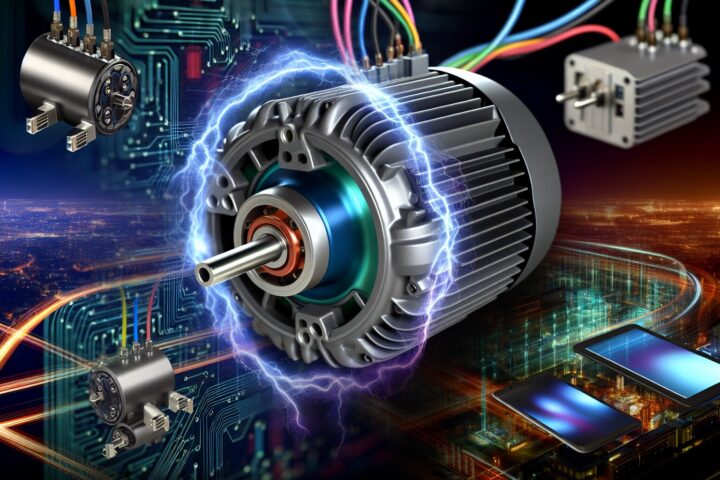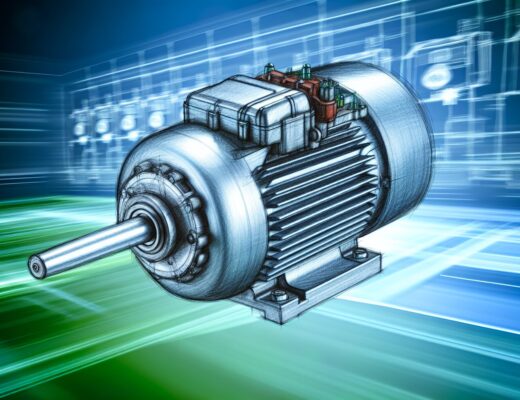Electric motors play a crucial role in today’s technological landscape, powering a variety of devices and systems from household appliances to industrial machinery. As the demand for energy efficiency and sustainable solutions grows, understanding the workings and innovations in electric motor technology becomes increasingly important. In this article, we will explore the fundamentals of electric motors, their applications, and emerging trends in the field.
Understanding Electric Motors
Electric motors convert electrical energy into mechanical energy through electromagnetic interactions. At their core, electric motors consist of a rotor, stator, and windings, working together to create motion. There are various types of electric motors, including brushed, brushless, AC, and DC motors, each with its specific advantages and applications. The choice of motor often depends on the requirements of a particular application. For a deeper insight into how these motors function, check out this informative video below:
As industries aim to reduce their carbon footprint, the demand for electric motors has surged, especially in electric vehicles (EVs) and renewable energy applications. Innovations in motor design and materials, such as the use of lightweight composites and advanced electronics, are enhancing performance while also increasing efficiency. Companies like electric motors providers are leading the charge in developing these technologies, ensuring that they meet stringent environmental standards.
In conclusion, the future of electric motors is bright, driven by the need for sustainability and efficiency. With ongoing advancements and a focus on reducing energy consumption, electric motors will continue to be a driving force in various sectors, integrating more intelligence and connectivity. If you’re interested in exploring more about electric motors and their applications, visit VYBO Electric for the latest innovations and solutions.




